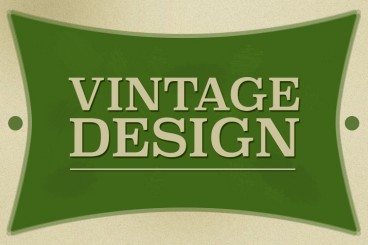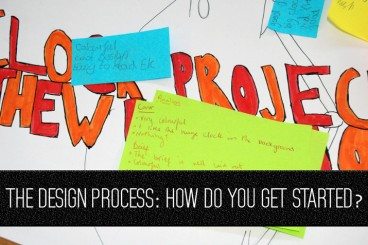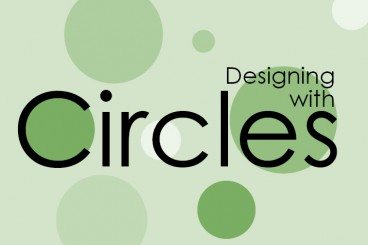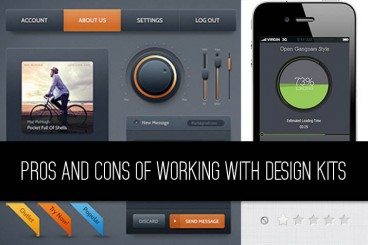
Software / 24 Feb 2014
5 Online Portfolio Services & Tools Compared
Whether you are designing for print, packaging or online, almost everyone wants a portfolio site that is easy to manage and maintain while providing a good visual experience. With so many different portfolio tools and services out there, though, how do you choose what works best?
Today, we are taking a look at five nice online portfolio tools. We’ll weigh the pros and cons and pricing for each in hopes that it will help you choose the right tool to display your work.










